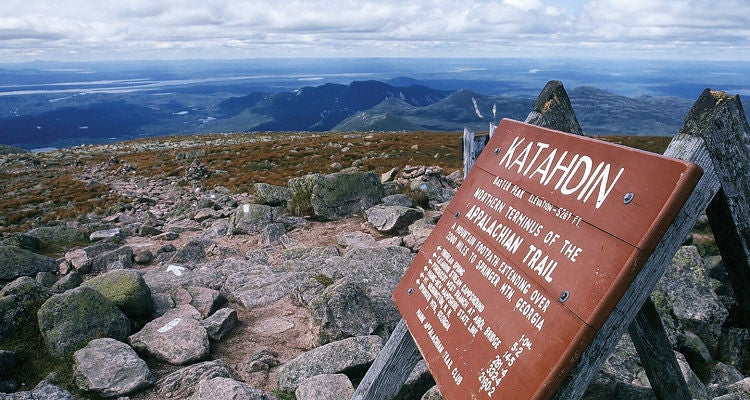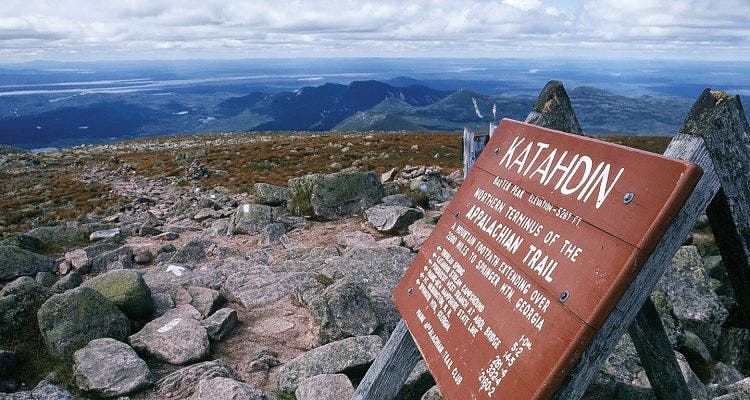Could the Appalachian Trail Lose Katahdin?

'The view from Mount Katahdin, Maine the place where Appalachian Trail hikers celebrate their accomplishment'

For decades, Appalachian Trail thru-hikers have celebrated their accomplishment on top of Maine’s highest peak, 5,268-foot Katahdin. After an average of around six months, some take pictures with their families, some just enjoy their achievements quietly, and a few party. But that could all change if park officials follow through on a recent ultimatum.
In a November letter to Appalachian Trail officials, Baxter State Park director Jensen Bissell complained that thru-hikers were consistently violating park rules by drinking alcohol, littering bringing dogs into the park, and traveling in large groups. While only 3 percent of visitors to the park, which hosts the northernmost 15 miles of the AT, were there to hike the trail, Bissell wrote that they used a disproportionate amount of resources and negatively affected the land.
The controversy flared up again in July, when ultramarathoner Scott Jurek was cited by rangers for allegedly violating three park rules after a record breaking 46-day run across the trail. Baxter officials responded in a Facebook post, threatening to reroute the trail away from the park altogether.
“The AT within the Park is hosted at the consideration of the Baxter State Park Authority,” they wrote. “The Authority is currently considering the increasing pressures, impacts and conflicts that the Appalachian Trail brings to the Park and if a continued relationship is in the best interests of Baxter State Park.”
This outraged many hikers like Ryan Mennett, of Burlington, Connecticut. “It would lose all its epicness,” he told the New York Times. “Where would they end it? At a stream? On a piece of grass?”
Bissell and other Baxter officials’ unease doesn’t arise just from a few overly celebratory hikers. It also comes from the new movie “A Walk in the Woods.“ When Bill Bryson’s original book was published in 1999, the amount of thru-hikers on the Appalachian Trail increased by 45 percent, Ronald J. Tipton, the executive director of the Appalachian Trail Conservancy, told the Times. Now that the Appalachian Trail is attracting increasingly large crowds to attempt the 2,000-plus miles, Baxter State Park fears for their mountain.
The Authority hopes to protect Baxter by limiting the amount of thru-hikers on the trail each year. The park already limits day hikers by capping the number of cars allowed in parking lots, and officials are considering using permits to control the number of thru-hikers as well.
Mr. Bissell thinks the chances of the trail moving are “unlikely,” and the Appalachian Trail Conservancy is setting up strategies for hikers to educate themselves about rules in each jurisdiction, in hopes of slowing down the stream of citations while keeping the park healthy — and officials there happy.